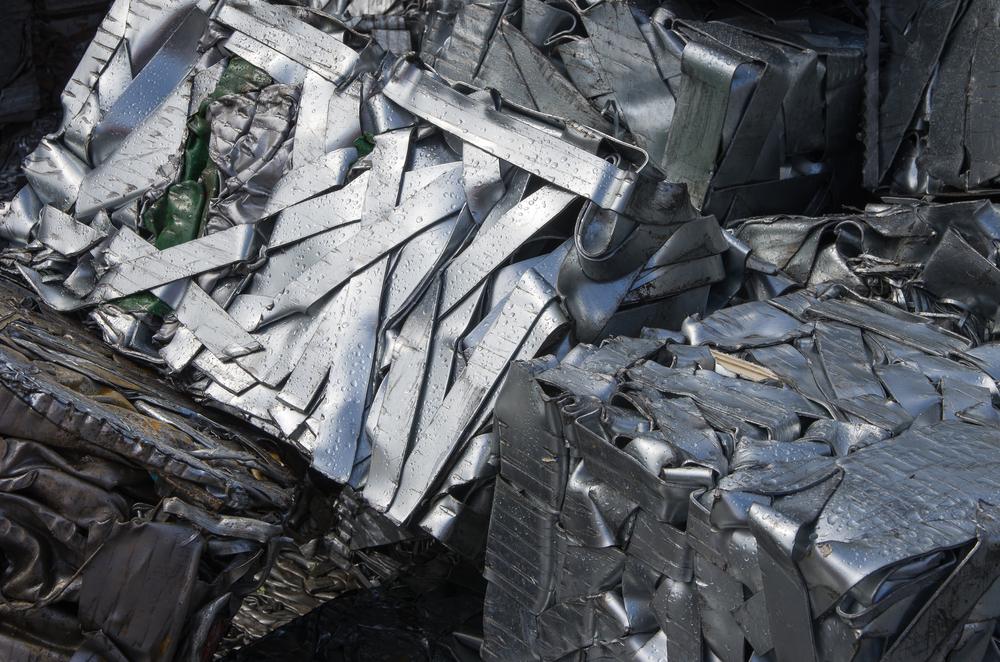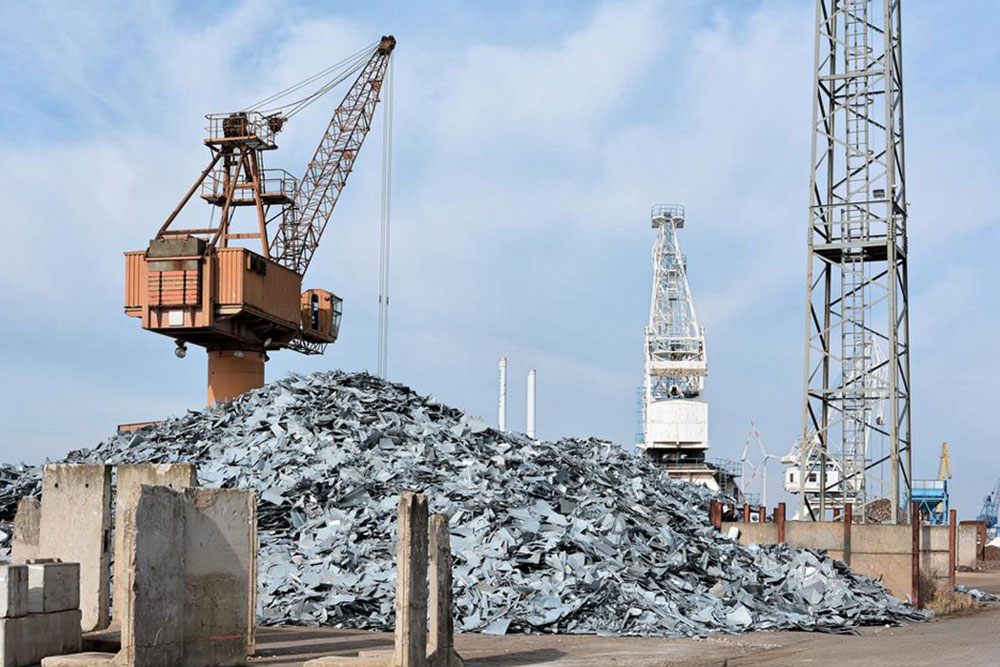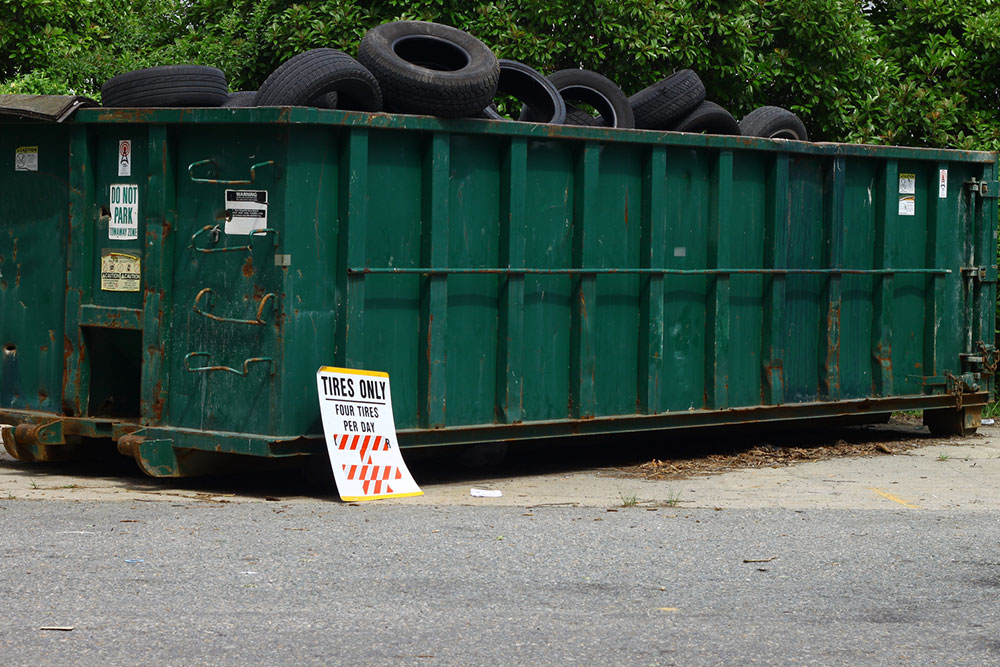Comprehensive Guide to Aluminum Recycling: Prices, Benefits, and Opportunities
This comprehensive guide explores aluminum recycling, focusing on current market prices, benefits, and opportunities. It emphasizes the environmental advantages of recycling aluminum, its contribution to energy conservation, and economic incentives. Learn how individuals and industries can participate effectively, stay updated on scrap prices, and contribute to a sustainable environment while profiting from recycling activities. The article underscores the importance of sorting, government programs, and community involvement, making aluminum recycling accessible for everyone interested in eco-friendly practices.

Comprehensive Guide to Aluminum Recycling: Prices, Benefits, and Opportunities
Aluminum recycling has gained significant prominence in recent years, driven by environmental concerns, economic incentives, and increasing awareness of sustainable practices. Governments, industries, and individual consumers are progressively recognizing the advantages of recycling aluminum, not only for its environmental benefits but also for its profitability and energy efficiency. This comprehensive guide explores the intricacies of aluminum recycling, focusing on current market prices, recycling opportunities, and the broader environmental and economic impacts involved.
The United States government has initiated a variety of programs aimed at promoting aluminum recycling among its citizens. By offering monetary incentives per pound of aluminum recycled, these schemes serve to motivate more individuals and organizations to participate actively in recycling efforts. Whether it’s through official government programs or local scrap yards, the goal remains to make recycling aluminum a profitable and accessible activity for all. These initiatives also seek to foster a cleaner environment by reducing waste and promoting responsible disposal of aluminum products such as food cans, beverage bottles, and foil wrappers.
One of the major advantages of recycling aluminum is its minimal energy requirement compared to primary production. Producing aluminum from raw ore is energy-intensive, accounting for a significant portion of the entire industry’s carbon footprint. Conversely, recycling aluminum requires approximately only 5% of the energy used in initial production, making it one of the most environmentally friendly processes within the manufacturing sector. This stark energy saving underscores not only ecological benefits but also economic savings for manufacturers and recyclers.
Understanding the process of aluminum recycling is crucial for maximizing its benefits. The process begins with collecting scrap aluminum, which often consists of consumer waste such as beverage cans, food containers, or scrap from manufacturing. Once collected, the scrap is sorted into different categories like pure aluminum, alloyed aluminum, or mixed metals containing ferrous or non-ferrous materials. Proper sorting ensures higher quality recycled products and fair resale prices. The sorted aluminum is then cleaned, melted, and processed into new products, completing the recycling cycle.
Recycling aluminum prices can vary considerably depending on market demand, regional regulations, and the quality of scrap. Currently, aluminum scrap generally fetches between $0.35 and $0.45 per pound. However, these rates are subject to fluctuations based on global commodity markets, manufacturing demands, and supply chain conditions. It’s vital for recyclers and individuals to stay updated on these prices to avoid underselling or overpaying for scrap aluminum. For perspective, brand-new aluminum cans cost about $0.70 per pound, a significant difference from recycled material, highlighting the economic incentive to recycle.
The economic impact of aluminum recycling extends beyond individual earnings. Recycled aluminum contributes to reducing manufacturing costs, enabling industries to produce lightweight, durable products at lower prices. This, in turn, fosters innovation in packaging, transportation, and construction sectors while encouraging responsible consumption and waste management practices. Moreover, recycling aluminum supports local economies by creating jobs and stimulating markets for scrap metal collection and processing.
To maximize opportunities in aluminum recycling, individuals can participate in community recycling programs, visit local scrap yards, or even organize neighborhood drives for collecting aluminum waste. Educational awareness about the benefits of recycling and proper sorting techniques can significantly improve the quality and profitability of scrap collected. Companies and industries are also encouraged to incorporate recycled aluminum into their supply chains, further promoting sustainability and resource efficiency.
In conclusion, aluminum recycling presents a compelling mix of environmental sustainability, economic opportunity, and energy efficiency. With current market prices favoring recycling activities and numerous government incentives in place, now is an ideal time for both individuals and industries to engage in aluminum recycling practices. By understanding the process, staying informed on market rates, and actively participating in local recycling initiatives, everyone can contribute to a greener planet while enjoying the financial benefits of recycling aluminum.




